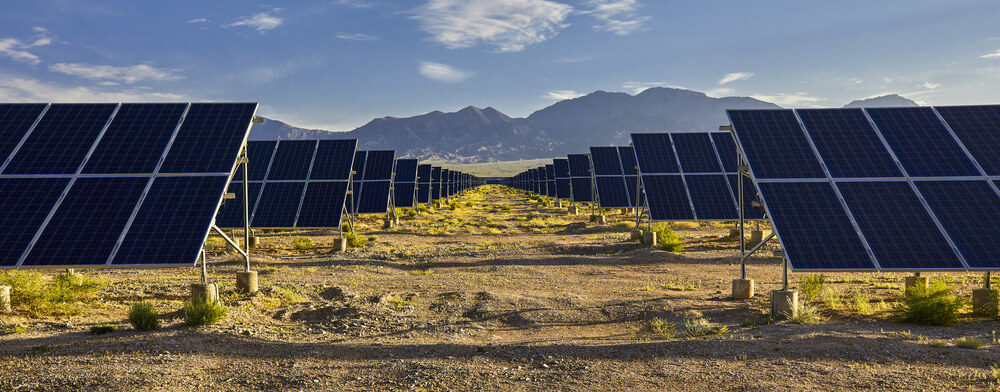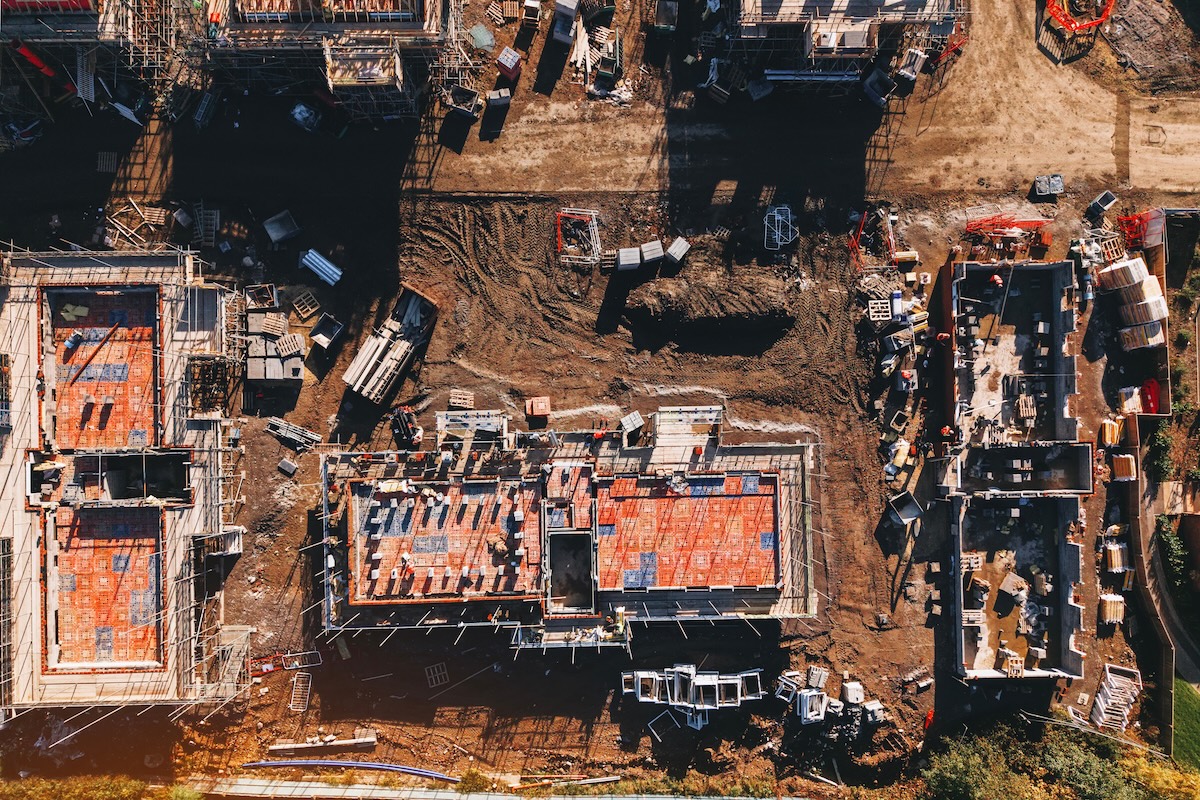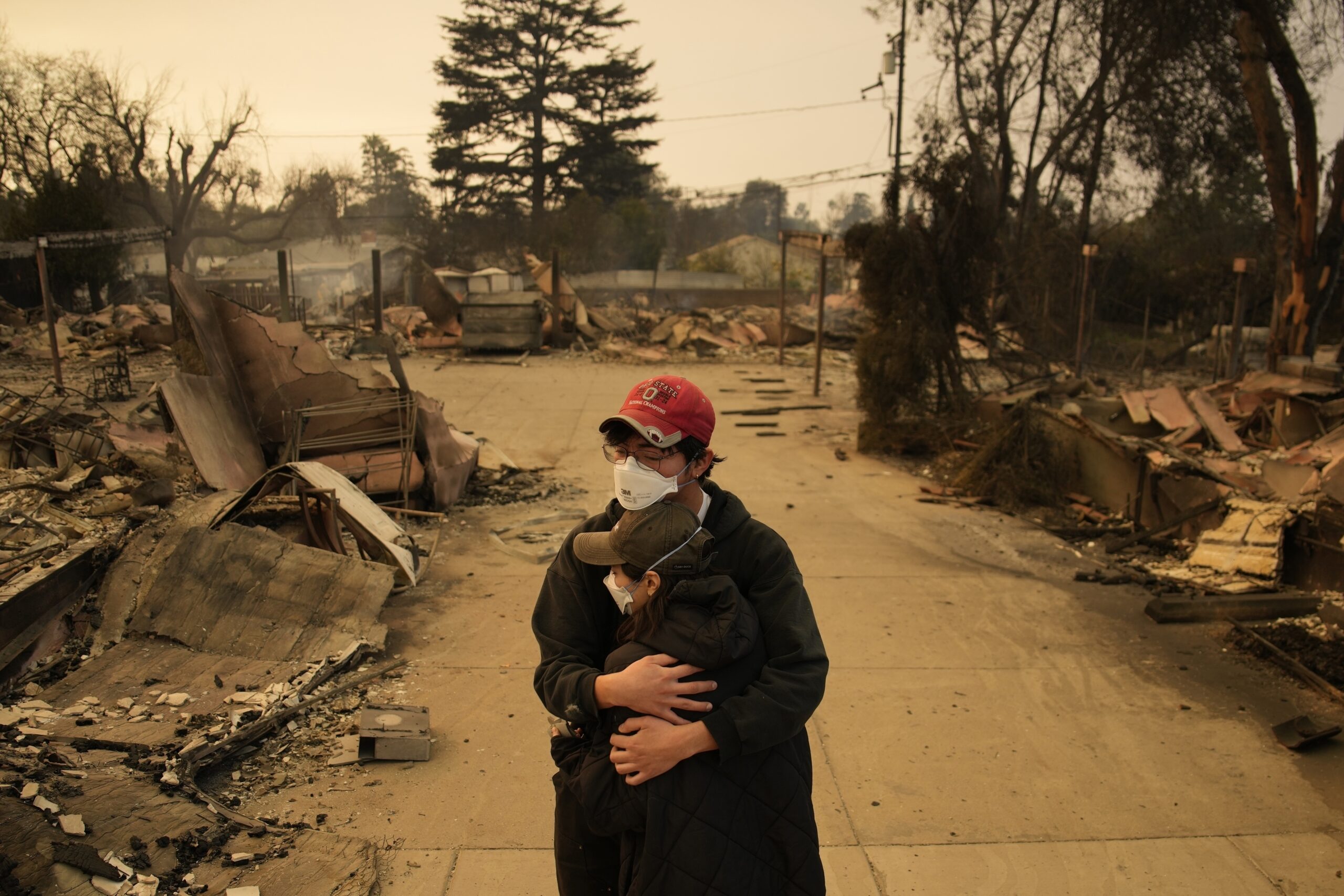ImpactAlpha, April 14 – Climate-smart investments that restore ecosystems, improve women’s lives, reduce damage from storms and surges, avoid dislocation and migration and generate other social benefits have inarguable value.
The challenge has been developing investable business models to attract the capital to finance climate adaptation at scale.
One way to bridge the gap: capture the value of climate resilience in the rapidly growing market for emissions reduction and carbon credits.
Such mechanisms are among the innovative new funding models aimed at unlocking cash flows and de-risking adaptation finance to make climate adaptation in emerging markets investable
Long a poor cousin to mitigation, adaptation finance is beginning to gain traction.
Adaptation finance has grown to about $46 billion per year, but that still represents just 7% of the total climate finance. That “falls far short of the estimated $180 billion the world needs annually to support those who are the most vulnerable to climate change,” Climate Policy Initiative’s Barbara Buchner told ImpactAlpha.
>>> Answer The Call: Catalytic capital for climate adaptation and social equity. Join Songbae Lee of USAID, Resilience Capital Ventures’ Gillian Marcelle, Apollo Agriculture’s Benjamin Njenga, the Lightsmith Group’s Jay Koh and other Agents of Impact Tuesday, Apr. 19 at 10am PT / 1pm ET / 6pm London. RSVP today.
Private capital represents a negligible fraction of the climate adaptation funding. Private investors have shied away from the risks, real or perceived, of investing in emerging markets and from adaptation projects that often lack clear business models.
“There is an urgent need to create bankable investment opportunities in developing economies that will attract private resources and help to shift global adaptation finance trends,” adds Buchner.
Co-benefits
If you think the markets for carbon credits are complicated, get ready for ‘certified adaptation benefits’ and other ways to value the social benefits of climate resilience.
The African Development Bank is piloting an Adaptation Benefits Mechanism to issue “certified adaptation benefits,” or CABs, which it says represent verified and largely quantified progress towards resilience that governments or international donors can pay for. Unlike carbon credits, the CABs are not tradeable.
Those kinds of co-benefits can also raise the value of carbon credits in voluntary markets by highlighting the social value of resilience.
C-Quest Capital, based in Washington, D.C., offers what it calls “transformation credits” that combine carbon reduction with improvements in the lives of the rural poor with clean cookstoves, solar irrigation systems, and energy-efficient lighting. The verification body Verra attaches a label to the projects’ carbon credits attesting to their contribution to the Sustainable Development Goals.
“You find investors who want these outcomes, and with a better understanding of the companies that are delivering those outcomes, you can connect the capital with the company – in theory,” says Duke University’s Jonathan Phillips, who is leading a project with Shell Foundation to help quantify such outcomes.
“You’ve got companies that are looking to go net zero by using the voluntary carbon markets,” Phillips told ImpactAlpha. “And some of them might not be willing to pay a premium to have a project based in Cote d’Ivoire that provides gender-based benefits – but some might.”
Ecosystem restoration
The demand for funding that can help vulnerable communities adapt to a changing climate is robust. When the World Resources Institute created a new fund last fall for restoration projects in Africa, it received 3,200 applications in just two weeks.
WRI’s TerraFund is selecting 100 projects and enterprises in Africa – the “Africa 100” – for grants and low-interest loans to be distributed by the end of this month.
TerraFund is pooling donations from organizations including the Bezos Earth Fund, Good Energy Foundation and social media giant Meta, and distributing them as grants to nonprofits and loans of up to $500,000 to community-based enterprises, initially in Africa.
By working with partners on the ground, including One Tree Planted and Realize Impact, the fund has been able to quickly vet applications and disburse funds. It has already deployed $15 million to dozens of enterprises in Africa, which generate an estimated $150 million in social and ecosystem benefits.
“Adaptation is intrinsically linked to restoration,” says WRI’s Venkat Iyer, who leads the organization’s restoration initiatives, including its Land Accelerator, which has provided technical assistance to more than 170 community-based enterprises. The projects create co-benefits such as sustainable livelihoods for local communities.
More than half of Africa’s land is degraded, and globally, more than 3 billion people are affected by land degradation. Planting a rich mix of native trees, shade trees and drought-tolerant plants, local enterprises are helping to create more resilient food and water supplies, increase soil health and biodiversity, and ward off invasive species and desertification.
In Kenya, Acacia EPZ employs 4,000 people to plant Acacia trees and collect their sap, which is used commercially in chewing gum and other food products. In addition to creating jobs, the native trees guard against soil erosion and desertification, and preserve ecosystem services like clean water and soil health.
Yet even for a successful company like Acacia EPZ, growth capital can be difficult to obtain. In Kenya, “people have brilliant ideas but end up being stifled by access to capital and financing,” Acacia EPZ founder Sam Nyamboga tells ImpactAlpha.
A loan from TerraFund is enabling the company to work with local women-led groups to replace invasive mesquite trees with Acacia trees and create charcoal bricks from the uprooted trees. In addition to the environmental benefits, “the economic incentive we attach to the trees means that the communities have reasons to conserve and protect them,” Nyamboga says.
Channeling large amounts of institutional finance towards smaller adaptation and mitigation projects is a challenge, Iyer says. TerraFund “is trying to parcel out large portions of money and send it in a wave, in the right envelopes, to people and communities that require it,” he says.
A related platform called TerraMatch will act as a registry for matching restoration-focused projects and small and mid-sized enterprises with funders.
Institutional capital
While wealthy nations such as the U.S. that have contributed the most to greenhouse gas accumulation dither on promised funding to help less developed nations adapt to a changing climate, private investors are beginning to step up.
Signs of the newfound interest abound.
The Coalition on Climate-Resilient Investment, a private sector consortium representing $20 trillion in assets, is exploring ways to boost investment in climate resilience.
“Institutional investors represent a potential major source of long-term financing to support the low-carbon sustainable growth in emerging markets,” says Ashish Kumar of Shell Foundation, which last week struck a partnership with Nuveen to deploy $100 million for companies helping vulnerable communities in Asia and Africa get clean energy and build resilience in the face of climate change.
CPI’s Global Innovation Lab for Climate Finance has incubated several models for funding adaptation, including The Lightsmith Group, which raised $186 million for one of the first venture funds focused on adaptation tech (see, “Climate adaptation gets a fund of its own to invest in data, analytics and resilience”). Lightsmith also runs an incubator that is working with 16 startups creating solutions to help adapt to a rapidly changing climate.
In 2020, the Global Innovation Lab endorsed Climate Adaptation Notes as a way to overcome obstacles to funding solutions to water scarcity and infrastructure in southern Africa. The notes work like this: Institutional investors and development finance institutions commit to refinance short-term construction loans once the projects are complete, providing assurance to banks so they can extend construction loans at competitive rates. Once the projects reach commercial operation, the notes are funded, and the proceeds used to repay the short-term construction loans.
The developer of the Climate Adaptation Notes, Jonathan First, was working for the Development Bank of Southern Africa when he saw a need to connect local institutional capital with water infrastructure projects in the region. He teamed up with Heather Jackson, a fund manager, to devise a vehicle to combine short-term bank project financing with long-term institutional finance and de-risk the transaction for both parties.
“There weren’t enough instruments out there which used local debt capital markets to support adaptation-based projects,” he said. “The thinking behind the note is to create what we call funding certainty.”
First is now a consultant with the Global Innovation Lab, which is looking to back more adaptation financing projects, “because funders are asking for it as well.”












